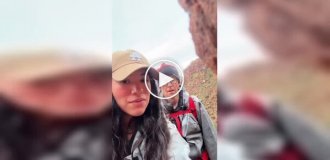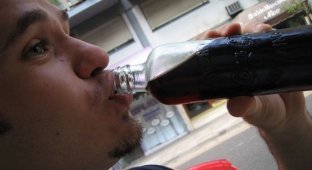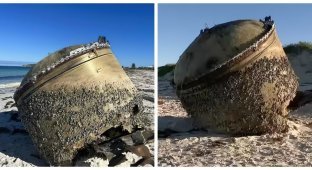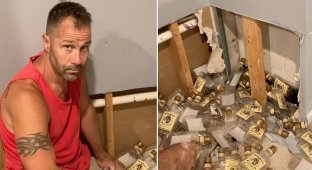“Witch bottles” found on the southern beaches of the USA (5 photos + 1 video)
Category: Interesting photo stories, PEGI 0+
29 November 2023
Superstitious beachgoers who notice the sparkle of glass on the shores of the Gulf of Mexico should exercise caution - “witch bottles” with frightening contents are appearing on the coast. According to experts, they began to be made several centuries ago for the “burying of evil spirits.” 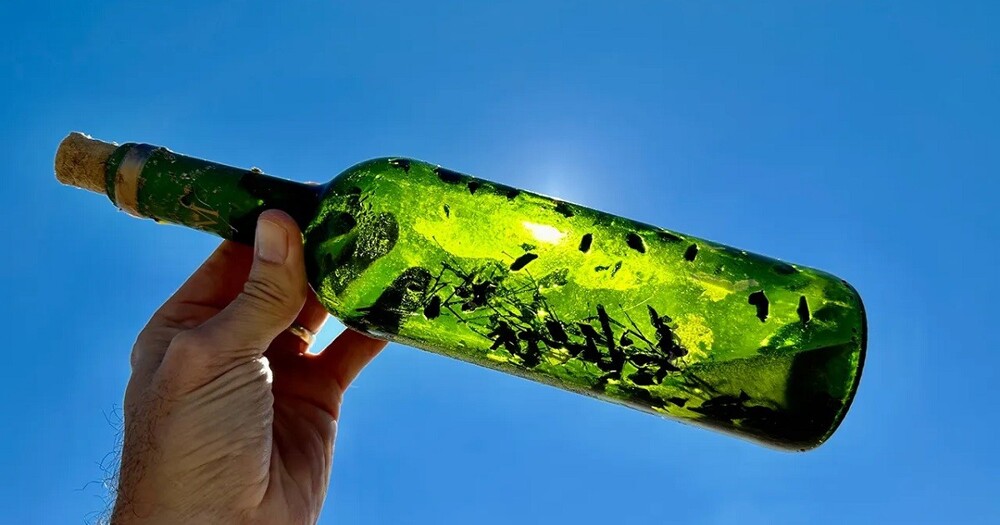
Since 2017, eight such wonders have washed up on a beach near Corpus Christi, Texas. Jace Tunnell of the Hart Institute for the Study of the Gulf of Mexico caught the last bottle on November 15th. Clams accumulated on the green glass indicate that the product has been floating for quite a long time.
"They don't scare me, but I'm not going to open them," Tunnell says in an interview. "They're supposed to have spells and stuff in them. Why take the risk?"
He keeps his occult finds in the backyard of his house.
"My wife says I can bring home shells, but not spell bottles."
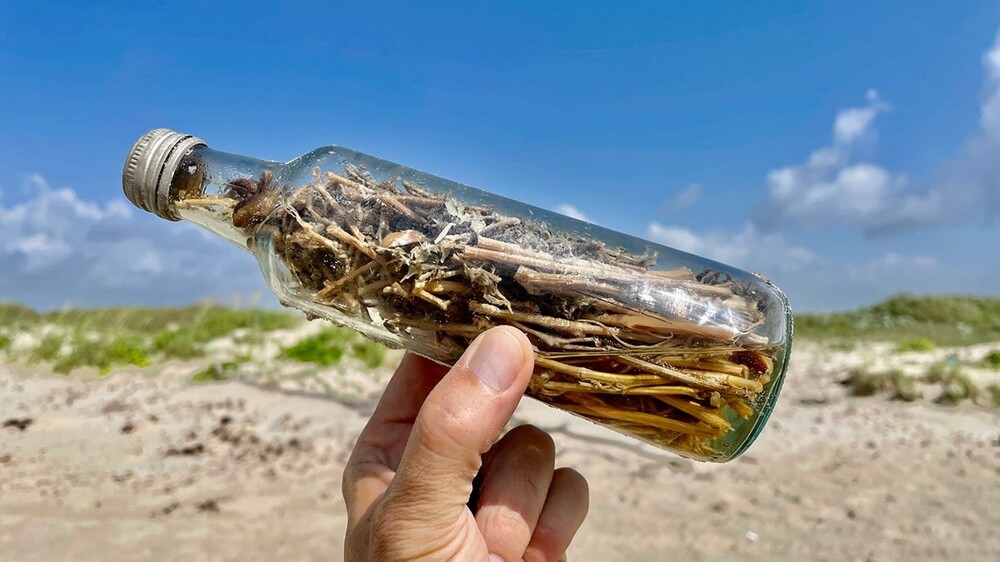
The bottles can be filled with plants, nails, hair and even blood.
Around 200 of these items have been found by contractors and homeowners in the walls of buildings and sites in the UK.
According to McGill University's Department of Science and Society, in the 16th and 17th centuries people believed in witches and their ability to cause disease. But one could protect oneself from evil spells by catching them in a “witch’s bottle,” which, with proper preparation, reflected the spell itself and at the same time tormented the witch, as a result of which she lifted the spell and the victim recovered.
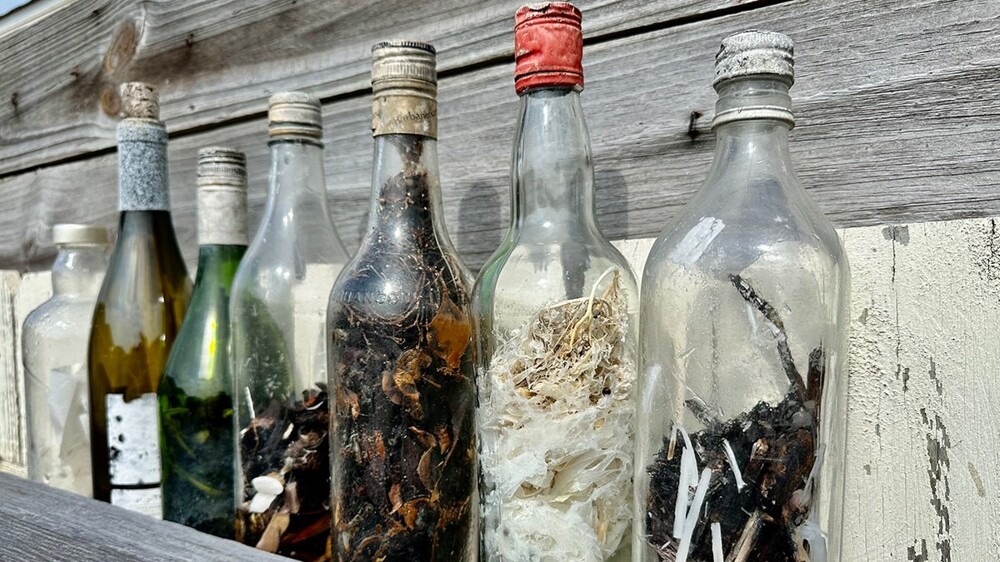
Bottles containing metal objects were hidden near the fireplace to “charge them with energy and break the witch’s spell.”
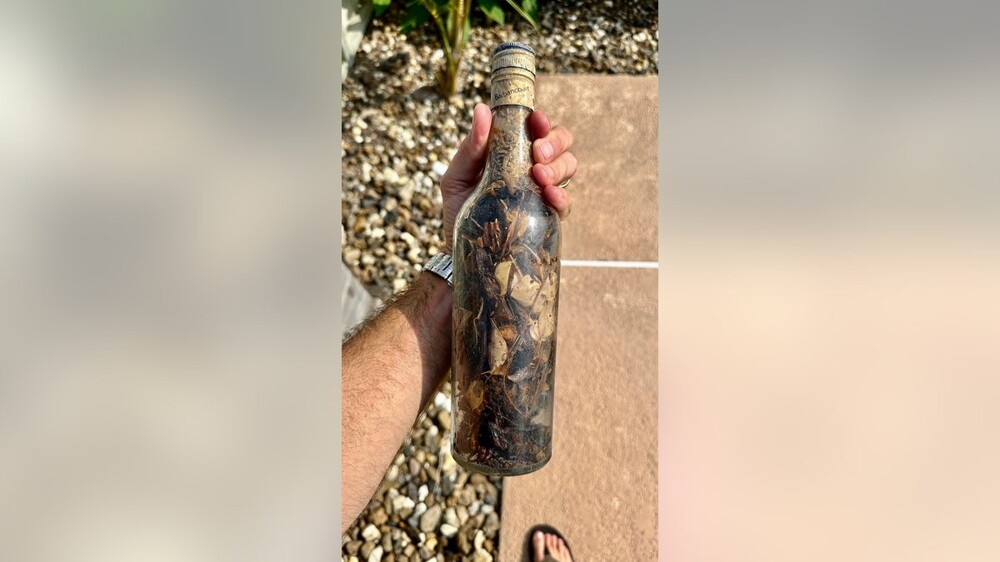
Others were buried at the corner of the plot or, according to some traditions, in a dung heap.
Tunnell noted that spellcasters throw their bottles into the ocean or first into a river, and then the current carries the vessel into open waters.
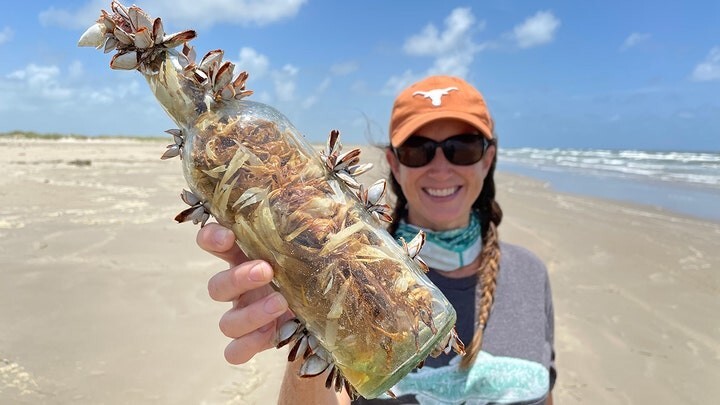
Some of the “witch bottles” are small vessels made in Haiti for storing vinegar. The artifacts probably come from the Caribbean and South America.

